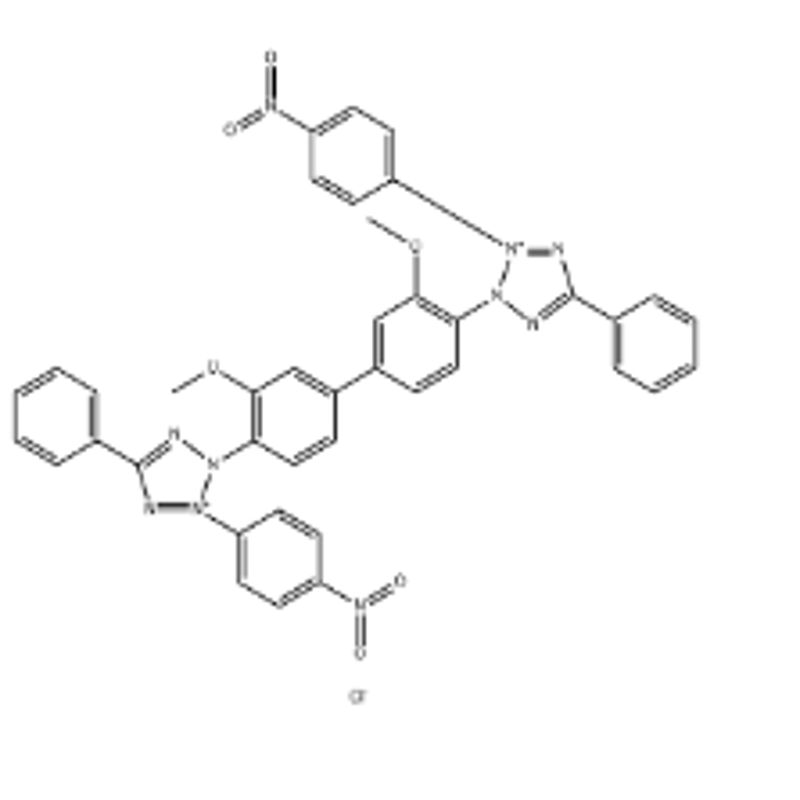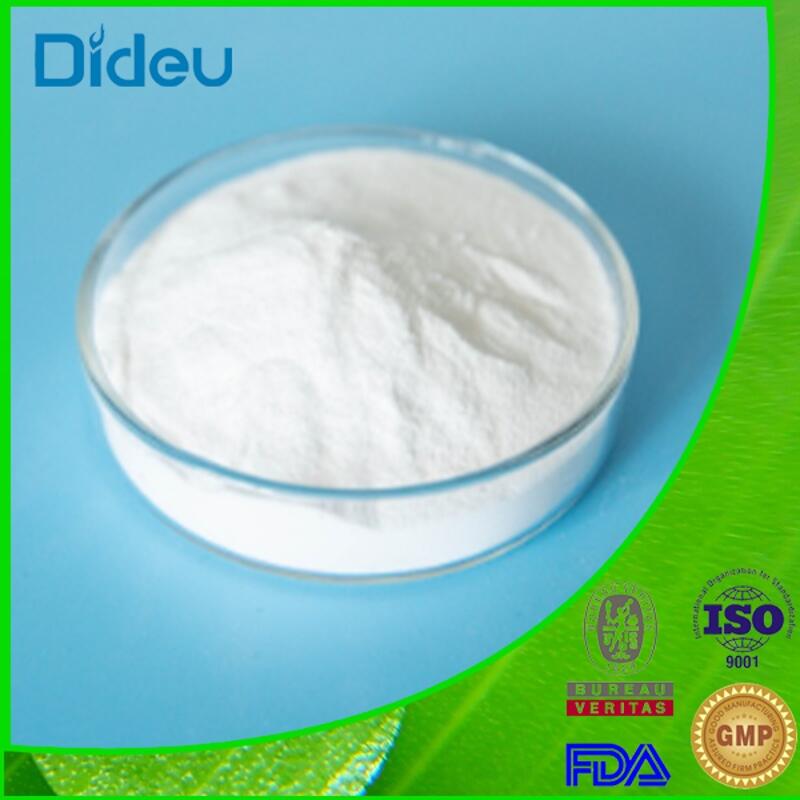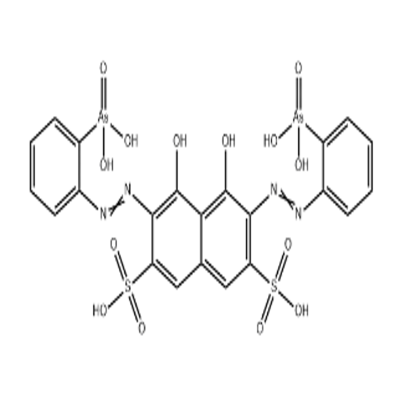-
Categories
-
Pharmaceutical Intermediates
-
Active Pharmaceutical Ingredients
-
Food Additives
- Industrial Coatings
- Agrochemicals
- Dyes and Pigments
- Surfactant
- Flavors and Fragrances
- Chemical Reagents
- Catalyst and Auxiliary
- Natural Products
- Inorganic Chemistry
-
Organic Chemistry
-
Biochemical Engineering
- Analytical Chemistry
-
Cosmetic Ingredient
- Water Treatment Chemical
-
Pharmaceutical Intermediates
Promotion
ECHEMI Mall
Wholesale
Weekly Price
Exhibition
News
-
Trade Service
Phenol red is a widely used indicator in the chemical industry, particularly in the production of detergents and soap.
Its chemical name is 4-(2-hydroxyphenylazo) resorcinol, and it is commonly described as a yellow or orange crystalline solid.
Safety Precautions for Handling Phenol Red
When handling phenol red, it is important to take the necessary safety precautions to prevent exposure to the chemical.
This can include wearing appropriate personal protective equipment (PPE), such as gloves, safety glasses, and a respirator.
Additionally, it is important to ensure that the area is well ventilated, and that proper storage procedures are followed.
Inhalation: Inhalation of phenol red can cause irritation to the respiratory system, leading to coughing, difficulty breathing, and in severe cases, respiratory failure.
To prevent this, it is important to wear a respirator and to ensure proper ventilation in the work area.
Skin Contact: Contact with phenol red can cause irritation to the skin, leading to redness, itching, and blistering.
To prevent this, it is important to wear protective gloves and to avoid prolonged contact with the chemical.
Eye Contact: Contact with phenol red can cause irritation to the eyes, leading to redness, itching, and tearing.
To prevent this, it is important to wear safety glasses and to avoid getting the chemical in the eyes.
Ingestion: Ingestion of phenol red can cause irritation to the digestive system, leading to nausea, vomiting, and diarrhea.
To prevent this, it is important to avoid ingesting the chemical and to wash hands thoroughly after handling.
Fire and Explosion Hazards
Phenol red is not known to be particularly sensitive to shock or friction, and it is not classified as a flammable or explosive material.
However, it is important to store the chemical in a cool, dry, and well-ventilated area, and to avoid exposing it to sources of heat or ignition.
Additionally, in the event of a fire, it is important to use appropriate firefighting techniques and equipment, such as foam or water, to extinguish the flames.
Handling Procedures
When handling phenol red, it is important to follow proper handling procedures to prevent exposure and ensure safety.
This can include:
- Wearing appropriate PPE, such as gloves and safety glasses.
- Ensuring that the area is well ventilated.
- Storing the chemical in a cool, dry, and well-ventilated area.
- Avoiding exposure to sources of heat or ignition.
- Washing hands thoroughly after handling the chemical.
- Following proper disposal procedures for the chemical.
Storage Procedures
When storing phenol red, it is important to follow proper storage procedures to prevent exposure and ensure safety.
This can include:
- Storing the chemical in a cool, dry, and well-ventilated area.
- Storing the chemical away from sources of heat or ignition.
- Storing the chemical in a secure location, away from unauthorized access.
- Ensuring that the storage area is properly labeled and that the chemical is stored in the appropriate container.
- Following proper disposal procedures for the chemical.
Disposal Procedures
When disposing of phenol red, it is important to follow proper disposal procedures to prevent exposure and ensure safety.
This can include:
- Following all relevant regulations and guidelines for disposal of the chemical.
- Properly labeling and contained the chemical waste.
- Disposing of the chemical in a safe and secure manner, away from people and the environment.
- Seeking professional assistance, if necessary, for safe disposal of the chemical.
Conclusion
Phenol red is a commonly







